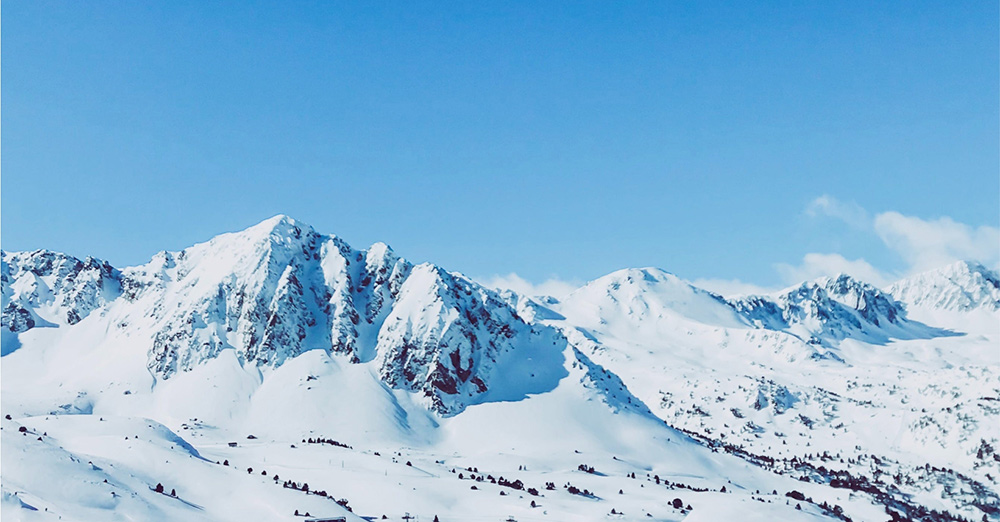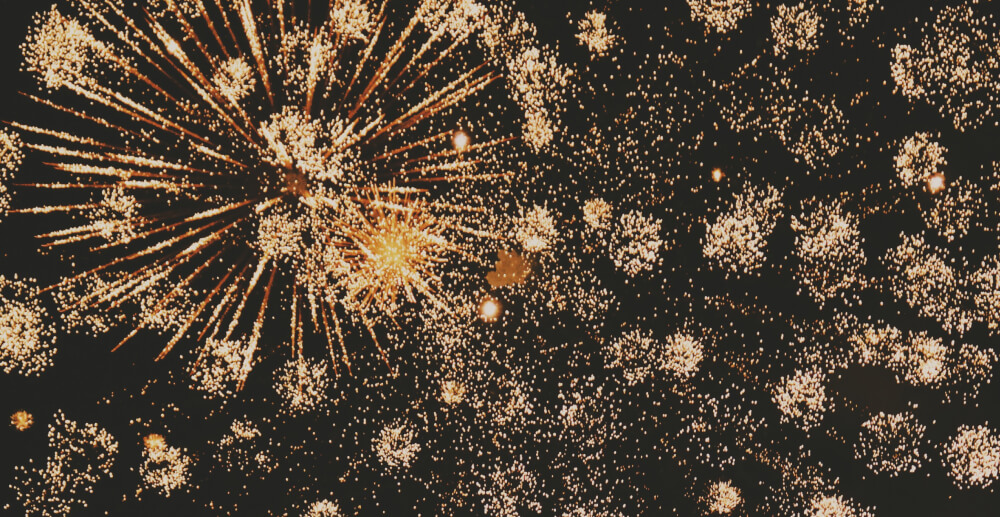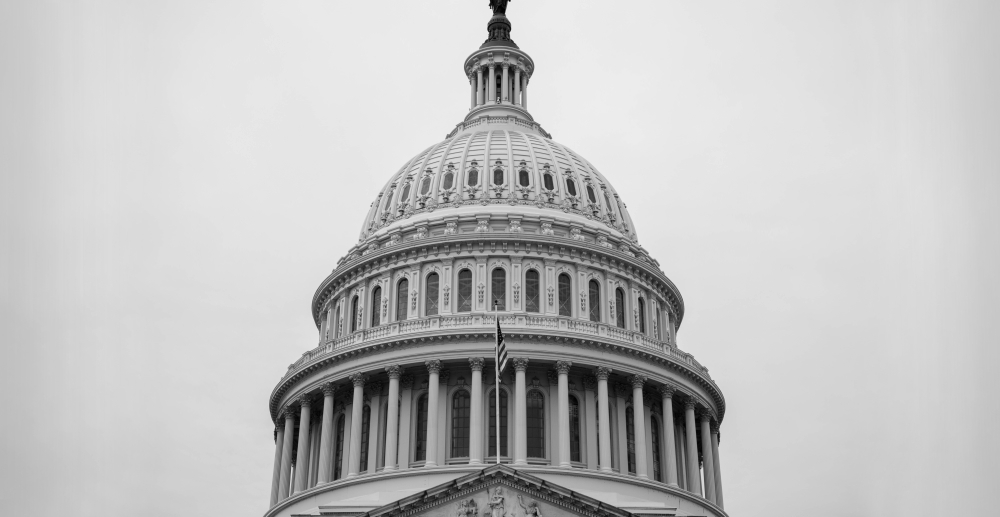Professional skateboarder, Jackass star, and author Brandon Novak shared his story with Workit Health. Here is what he told us.
Content warning: This piece mentions suicidal ideation.
“Statistics and the evidence suggest that I should be high or dead right now. The fact that I am not is miraculous … a miracle. On May 25, 2015, I got a moment of clarity just long enough to truly see what my life looked like. On that day, I walked into my 13th inpatient treatment center.
By this point, my mother had bought me a cemetery plot. I’d been medevaced to four hospitals in four states from four different overdoses. My mother had sold three homes to pay for me to go to two different treatment centers. By this point, I was a 38-year-old homeless heroin addict who lived on the corner of Eastern Avenue and Patterson Park, prostituting my body in the hopes of affording another bag of heroin. I wanted to kill myself on a daily basis; I just didn’t want to hurt myself in the process.
I got to this point because the disease of addiction does not discriminate. From Yale or jail, from the White House to the outhouse—the results are all the same. One in three people will be affected directly or indirectly. Today in the nation, 170 people will die from an opioid overdose.
I began having success young.
I had goals, I had dreams, I had aspirations, I had ambitions … I was going to be somebody.
I come from a good family. My mother is a nuclear physicist. My brother is an attorney who works with the White House, practicing in pensions and benefits. My father died as a direct result of the disease of addiction. From watching my father, I knew at a very young age what drugs and alcohol can do to an individual, and I was not going to be that man.
I received my first skateboard at seven years old. When I went to sleep that night I wanted it in bed with me. The moment that board touched my hand, I knew I was going to be a professional skateboarder. There was no need for a plan B. At 14, I was the first skateboarder in the world endorsed by Gatorade. At 15, I was touring the world with Powell Peralta and designing my pro model. I was hanging out with Tony Hawk and living my wildest dreams.
I began having consequences from my drug use young, too.
I don’t remember the first time I took a drink or a drug. But I do remember the first time someone tried to stand between me and a drug. I was in Chicago on tour for Powell with a bunch of other skaters and Mike Vallely caught me using. He said, “Brandon, get rid of the drugs or get off the tour.” I threw the drugs in the sewer, and we finished the demo. But afterward, I met a woman at the hotel and had her drive me back so I could fish the drugs out of the sewer. I got caught with the drugs again and was kicked off of the tour.
I went home. The tours, flights, video bookings, and product endorsements had stopped. Two weeks into this period, Tony Hawk called me and said, “Brandon, we have two things we can do with you. We can put you into treatment, save your life, and you can continue to skate for Powell Peralta. Or you can quit the team.” I quit. I was 16.
I got caught in a pattern.
I kept thinking that tomorrow was going to be different, but I was stuck in Groundhog’s Day for the better part of 18 years. My mom asked me to go to rehab. I went, mostly to prove to her and my girlfriend that it was an overreaction. On my first day, an older Black man asked me how old I was. “17,” I said. He told me, “Do yourself a favor, don’t turn 18 in a place like this.”
I didn’t turn 18 there, but I turned 19, 20, 22, 24, 25, 27, 29, 32, 34, 36, 37, and 38 in jails or treatment centers.
I thought moving might be the solution.
I fell into the Jackass world and we had great success together, but the pattern repeated, and I became a liability. So I had a plan. I was going to move to Helsinki, Finland. It was literally around the world, and I didn’t speak the language. I was going to move there to rebrand, regroup, and reassess, because I didn’t like the results I was getting from life in Pennsylvania and Maryland. I flew to Helsinki and had a car take me to the Ritz Carlton. I didn’t even make it to my room. In the hotel bar I started with a glass of wine, then graduated to a bottle, and soon was having black tar heroin delivered to me there at the hotel.
I called my sponsor. He said, “Geographical change doesn’t equate to recovery. You can’t shake your shadow. You take you with you everywhere you go.” He was right. People talk about triggers, but for me, my trigger was my eyes being open. I could justify getting high over any time place, feeling, or sensation. I wasn’t ready to listen to him, yet, so I went back to Philadelphia, because clearly Helsinki had been the problem.
I wrote an addiction memoir in the midst of my addiction.
I decided to write a book. I have no high school diploma, but I wrote 12 chapters of an addiction memoir, which my coauthor turned into 24 chapters. We acquired a literary agent and a publisher. Dreamseller was very successful, and was on the New York Times top ten list. Dreamseller (and its follow-up) have inspired people in their recovery. I have received thousands of pieces of mail about it. But I wrote it while drinking copious amounts of red wine and doing endless lines of cocaine.
At the Dreamseller release party at the Barnes & Noble in New York City’s Times Square, a friend and I stole four boxes of my own book from my own book release party to get money to buy heroin. I skipped the party and went home, where I had to break into the emptied home I previously shared with my ex-fiancee.
Amidst consequences and destruction, I had a moment of clarity.
I went to live with my mother, who had been terrified of living alone in Baltimore City in the wave of crime and violence that was occurring there. I love my mother, but instead of supporting her, I took over her bedroom. She started sleeping on the couch by the front door in hopes that she could escape and survive if I set the house on fire by chainsmoking while shooting heroin.
One day when I left the house, my brother walked my mother up to her room and they confronted the reality of how I was living there. They changed the locks and got a restraining order against me.
I was offered an all-expenses-paid trip to Fort Lauderdale, but the TSA agent wouldn’t let me on the plane because she could tell I’d been using. I called my sponsor, who told me to get on the train to his house, and he would take me to treatment in the morning. It was the same treatment center where I’d spent four out of my 13 attempts. This time I completed the full 90 days of treatment. They taught me that if I could change my perspective, I could change my world. After 90 days, I went into a sober living house where I stayed for a year.
My life is so much more now.
Eight months into my recovery, my mother (who’d had to take a restraining order out against me, who’d purchased me a cemetery plot), told me, “I hate when you come to visit me. I get so sad when you leave.”
I’d been on parole or probation from 18-38, never a free day in between. It had followed me from city to city, state to state. Two months shy of my two-year sobriety anniversary, I signed my release papers. I am currently a free man who can go anywhere with anybody, anytime I like. On my five-year anniversary, I opened a men’s sober living house.
The disease of addiction does not have to be a death sentence. Your history does not have to dictate your future, but it can certainly guide and direct it. As long as you’re breathing, it’s never too late. Sobriety has given me today everything that drugs and alcohol promised me then.”
We thank Brandon Novak for sharing this honest and personal story of addiction and recovery. He shows people all over the world that recovery is possible. Watch the full video of Brandon’s story:









